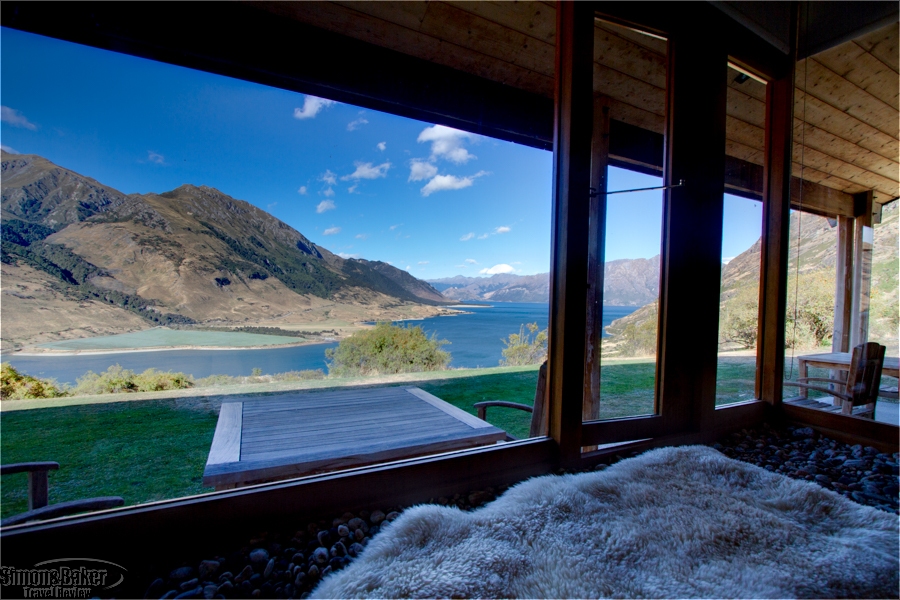
Silverpine, New Zealand
Silverlodge was among my favorite properties on that trip for its splendid location with fantastic lake views, elegant design, tasty and well presented meals and understated hospitality.

Silverlodge was among my favorite properties on that trip for its splendid location with fantastic lake views, elegant design, tasty and well presented meals and understated hospitality.
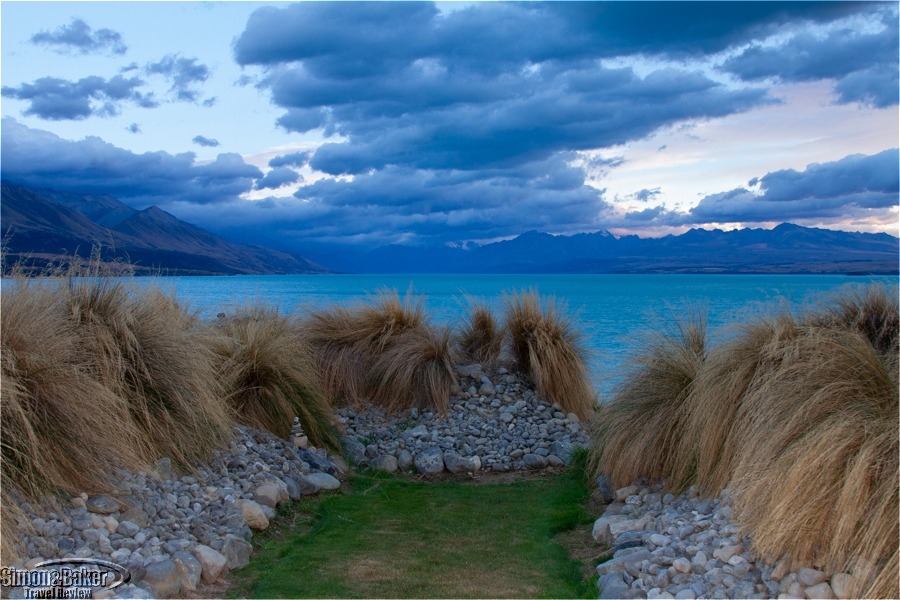
From the lodge living room and dining room common area (and from my room) the views of Lake Pukaki and the mountains were impressive. Aoraki Mount Cook (one of the country’s most iconic mountains) was under cloud cover during my entire stay, making it impossible for me to gaze at the naked peak. Despite that I enjoyed my stay in large part thanks to its picture perfect direct lake and mountain views.
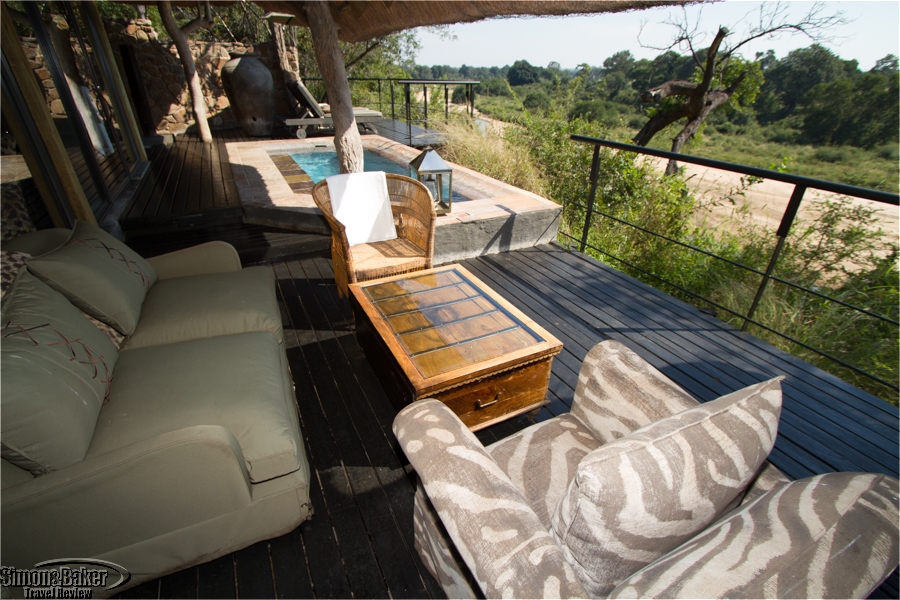
From the chocolate in the mini bar (a rare find on safari) and watercolor kit in the riverside room, to the attentive service and posh accommodations Singita Ebony set a high bar for safari luxury.
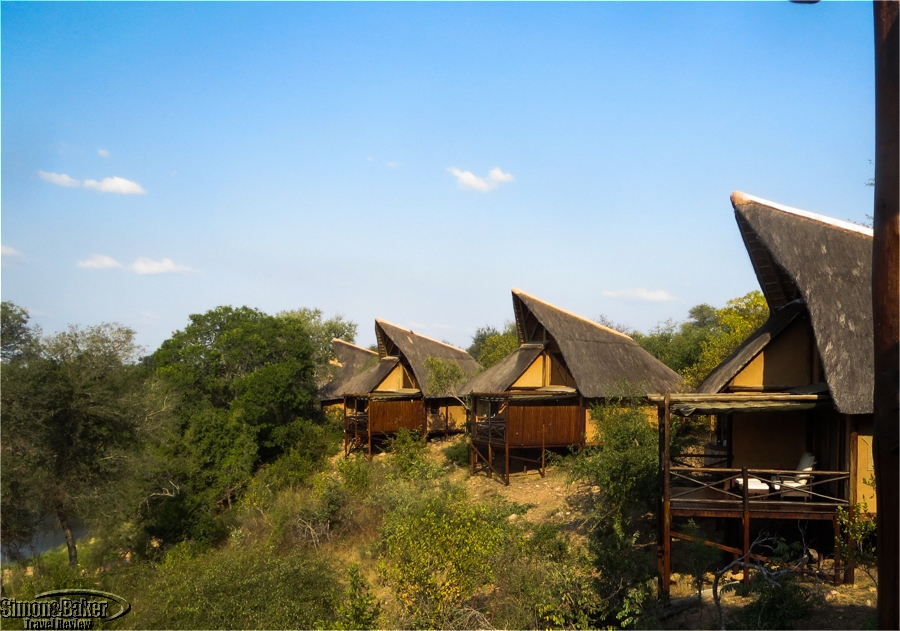
I would gladly return and recommend it to friends and family who enjoy understated classic safari properties and quality game viewing in an uncrowded setting. The outstanding game viewing, comfortable accommodations, abundant food and friendly service would temp us to return to Lukimbi.
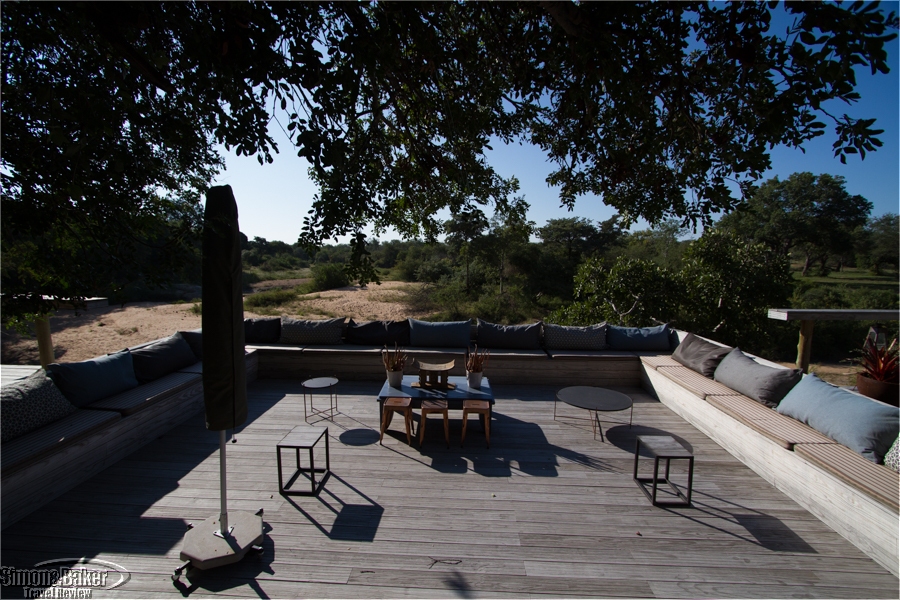
I liked my 45 square meter well appointed contemporary style room, the wildlife viewing (we saw four of the Big Five), including outstanding lion and elephant sightings, comfort food, and friendly and attentive service. I would return and recommend it to friends.
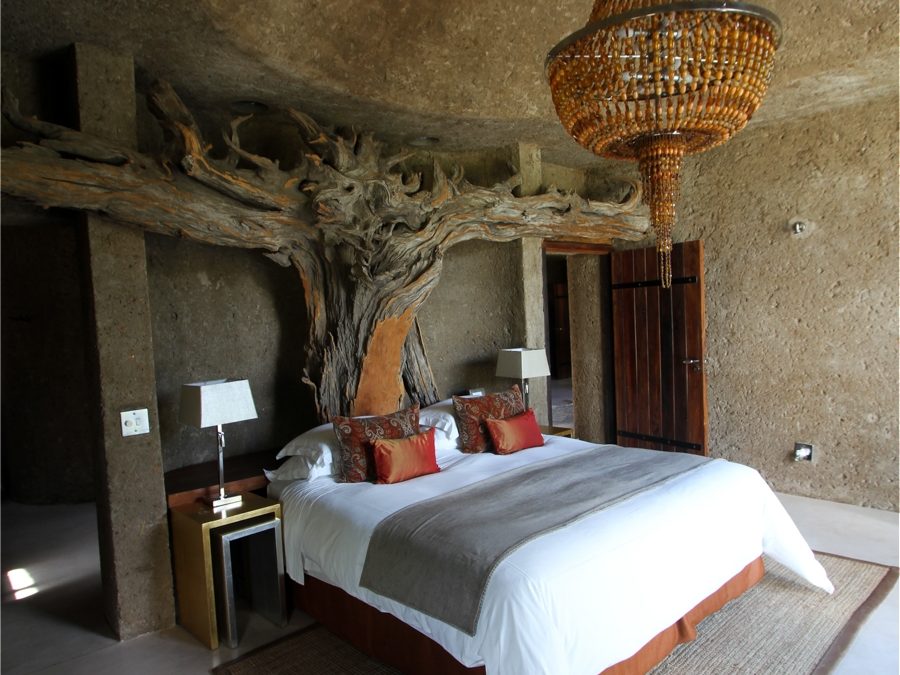
At Earth Lodge time disappeared in the blink of an eye, leaving me wanting to linger longer by the main area water feature, in a comfy hanging lawn chair with an expansive view of the bush and any four legged visitors or poolside in my spacious and secluded Amber Presidential Suite. It was with regret that we left after two nights, and we look forward to returning in the future.
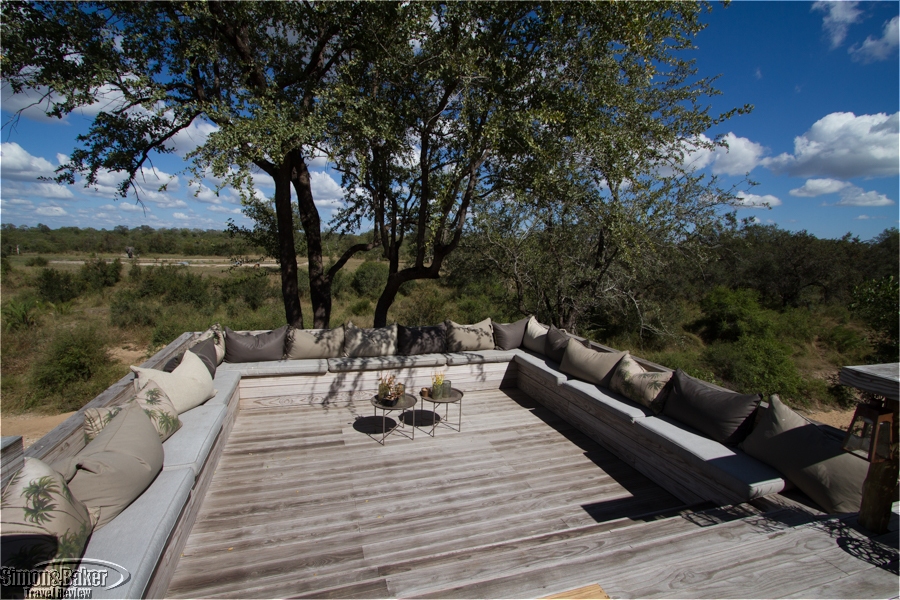
Given the abundance of food on safari and the restriction on places to walk I appreciated the availability of a fitness room. Simbambili will be on our short list of safari properties in the northern end of the Sabi Sand Reserve thanks to its combination of rewarding game viewing, luxury amenities and facilities.
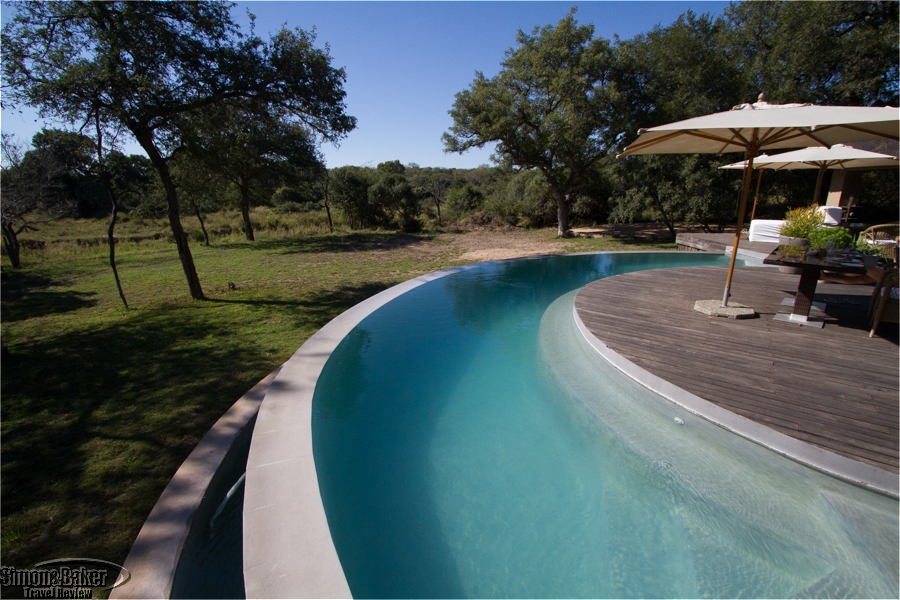
We especially enjoyed the setting. Whether sitting by our suite pool catching a glimpse of a herd of dainty nyala on the dry riverbed below, gazing across the main lodge pool at the wild greenery beyond or at the starlit sky above there was always something to admire. We appreciated that the staff served most of our meals by the north facing main lodge pool, which offered a favorite water and bush vista.
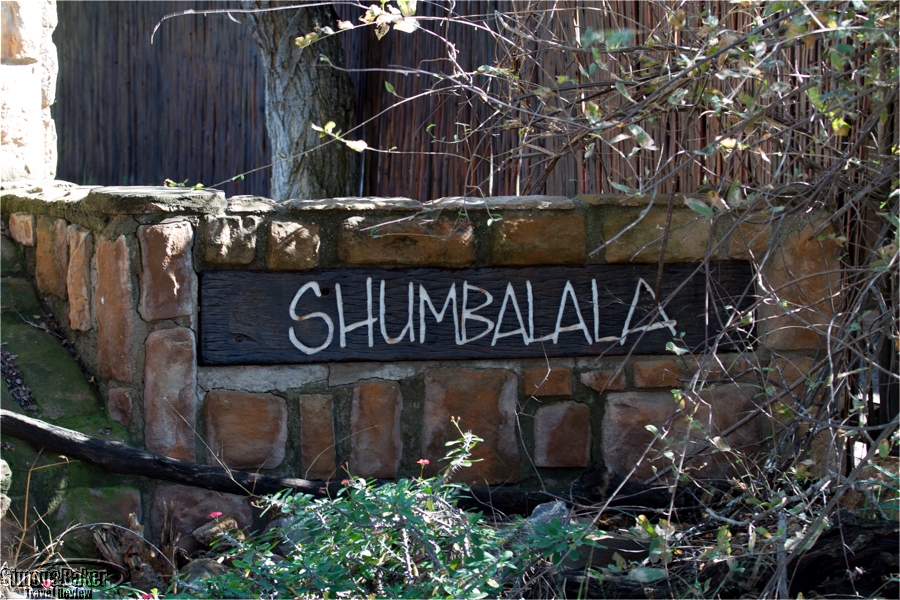
The property’s desirable riverside location, handsome and spacious two-bedroom suite with private plunge pool, luxury features and rewarding Big Five game viewing place it on our short list within the Thornybush Nature Reserve.
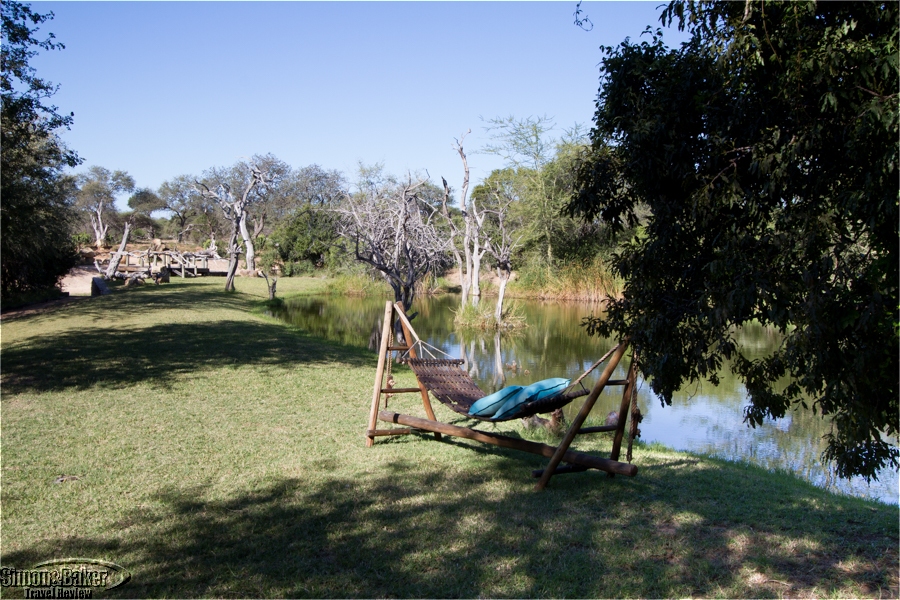
We looked forward to private game drives with Dean Wilkinson, our erudite ranger. His descriptions and explanations deepened our understanding of wildlife at the reserve. We especially liked his emphasis on high quality sightings that took into account animal behavior and environmental conditions, and that he angled the vehicle for optimal viewing and photography.
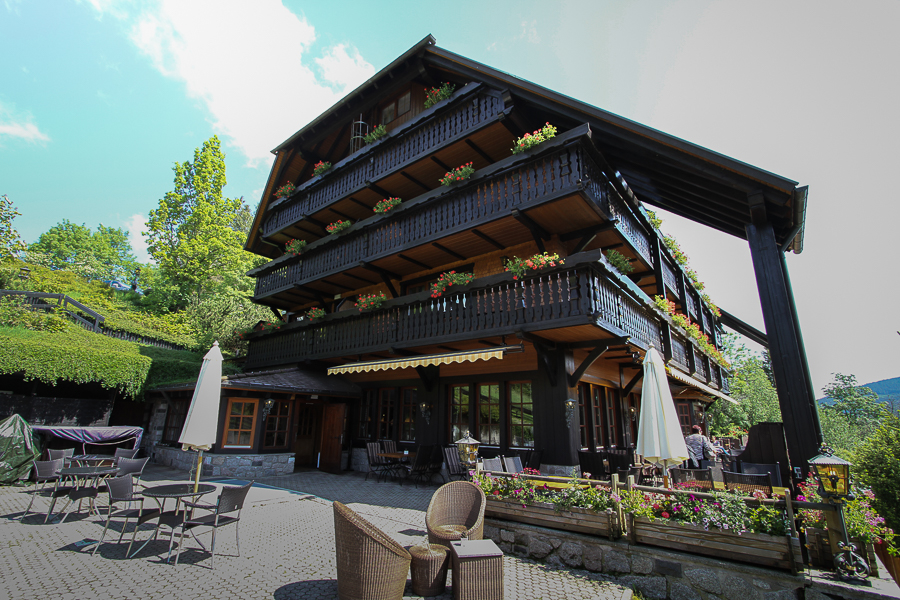
We liked our pretty and functional 18 square meter rooms (what they lacked in size they more than made up for in lake views) and common areas, the hotel’s efforts to blend into the lake scenery and reflect the area history, and the restaurant as well as its responsible tourism practices.
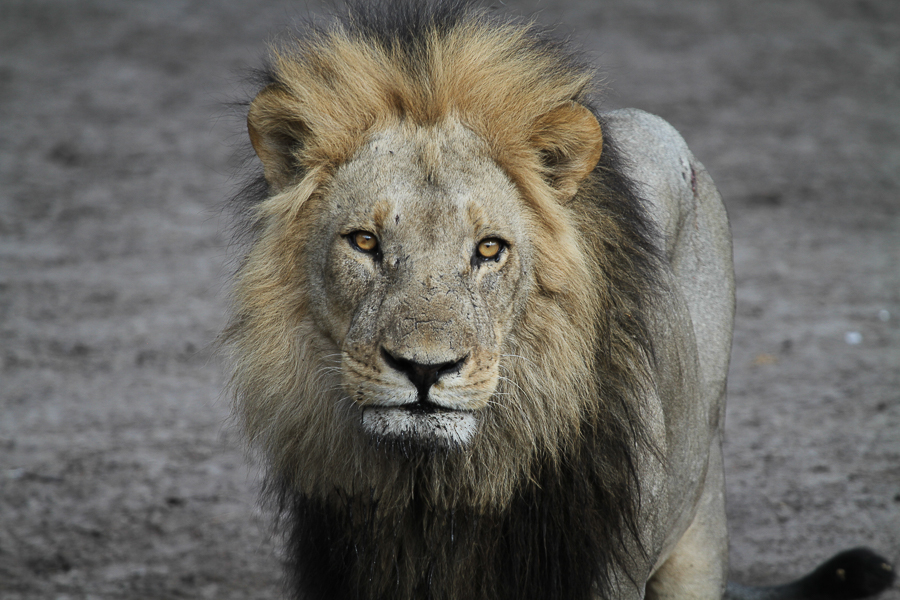
It was uncomfortably hot with hardly any respite for the entire duration of our stay. Daytime temperatures reached 45 Celsius (113 Fahrenheit). The property relied on daytime generator power as its sole source of energy, and was not equipped for the intense heatwave that blanketed the region.
We might return to Savute Safari Lodge in a cooler shoulder season in search of quality game viewing and fewer crowds.
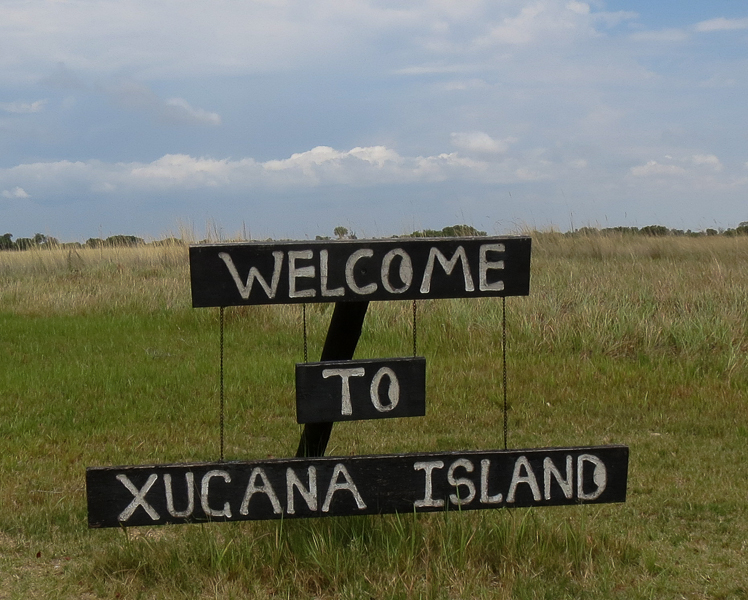
The waterscapes, water settings and sunset views of the Okavango Delta, spacious common area deck with lagoon views, friendly management staff, buffet meals, and birding opportunities made the visit worthwhile. We also appreciated the well appointed (if very hot) luxury tents, curio shop, computer with slow internet connection for guest use, and refreshing outdoor pool. We would return in a cooler season.
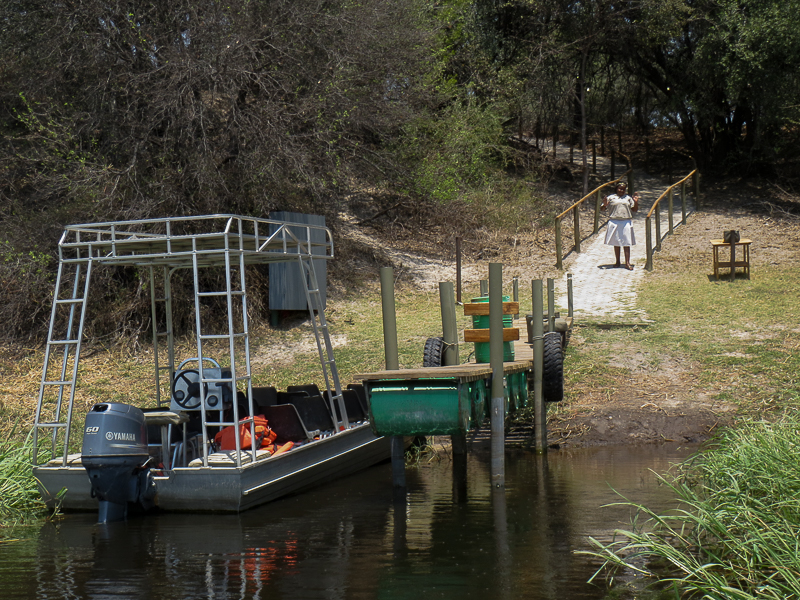
Indoors, our rooms, sealed during out absence for game drives, were super heated, making every surface hot to the touch and causing what little ice we had to melt within minutes. Several fellow guests became unwell with heat stroke and dehydration, often failing to recognize the signs until they were forced to stay in from the twice daily safari activities.
We would return in a cooler season.
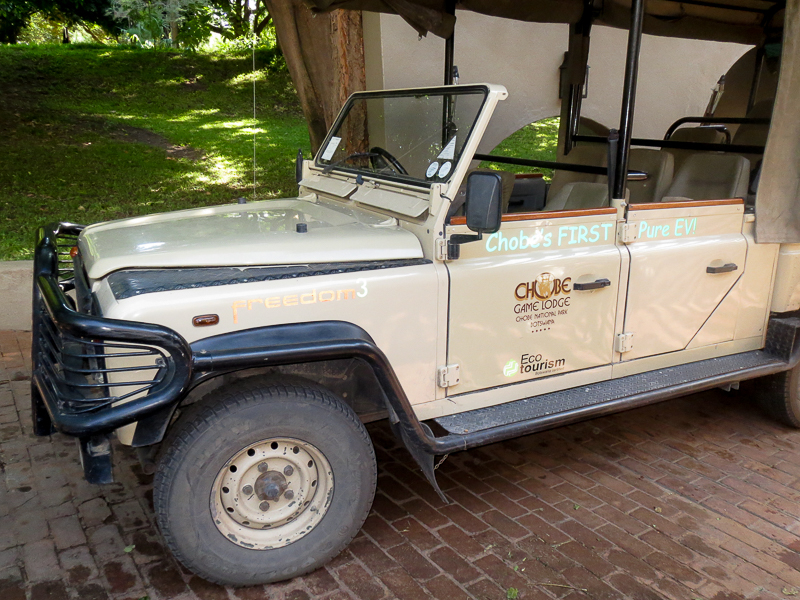
We liked the newly renovated modern rooms, the property’s easy river access and views of the river from its elevated walkway, where welcome bubbly drinks, tea and lunch were sometimes served. The main building had a cozy bar and ample space to spread out as well as an inviting outdoor swimming pool, a fitness room and a spa room with several treatment options.
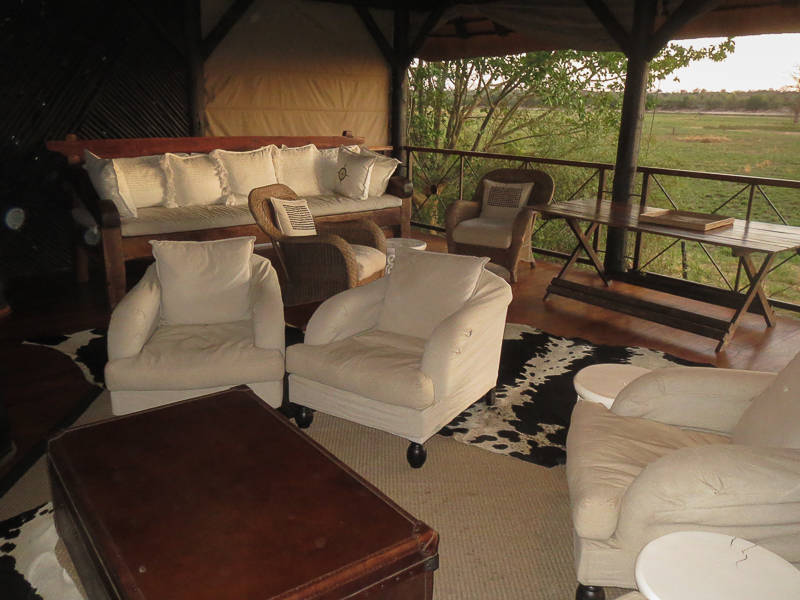
Our property trained local guide was particularly adept driving the boat, selecting the stretch of river to visit and approaching the shore to maximum advantage and a minimum of noise to avoid startling the wildlife. We had exceptional bird sightings, including the best and longest viewing opportunities of African fish eagles we have had anywhere.
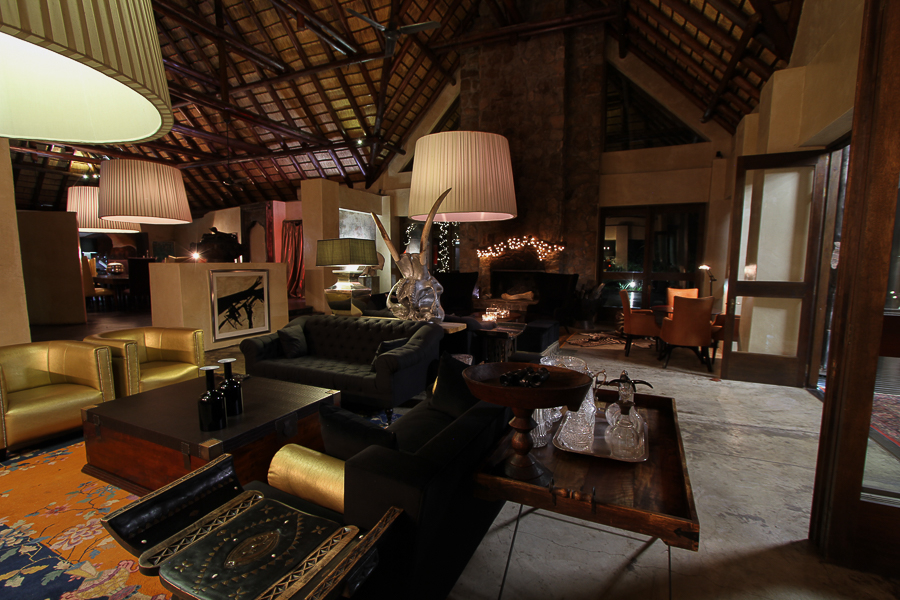
Situated within the Sabi Sand Reserve, one of South Africa’s premier game viewing reserves, the 300 hectare Chitwa Chitwa Private Game Lodge offered an excellent combination of dam front setting, service, intimate ambiance, original art, quiet rooms, luxury accommodations and features, gourmet orientation, and good game viewing with a strong emphasis on the Big Five.
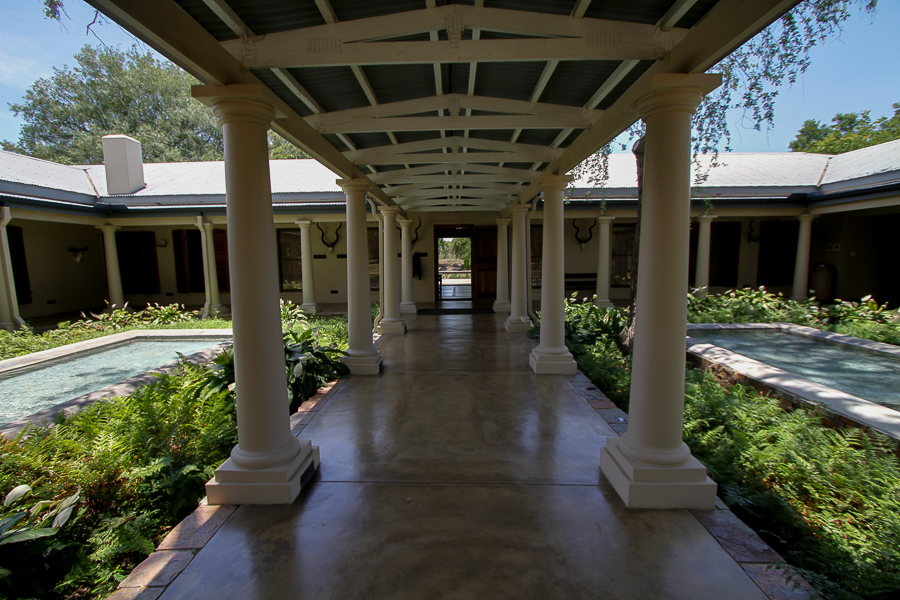
Once again the property delivered an outstanding luxury safari experience with optimum game viewing opportunities aboard an uncrowded vehicle, while at the same time providing accommodations, service and amenities designed to enhance our well being in the bush.
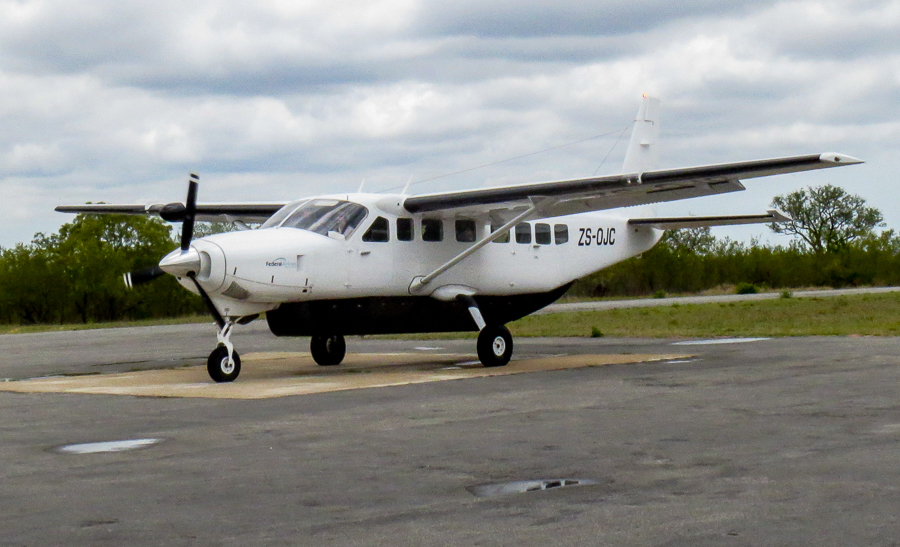
The flight service was well organized, mostly punctual, and overall a great deal more convenient and significantly more pleasant than the alternatives of driving from Johannesburg or flying to an airport near the reserve and driving or being transferred from there to the properties.
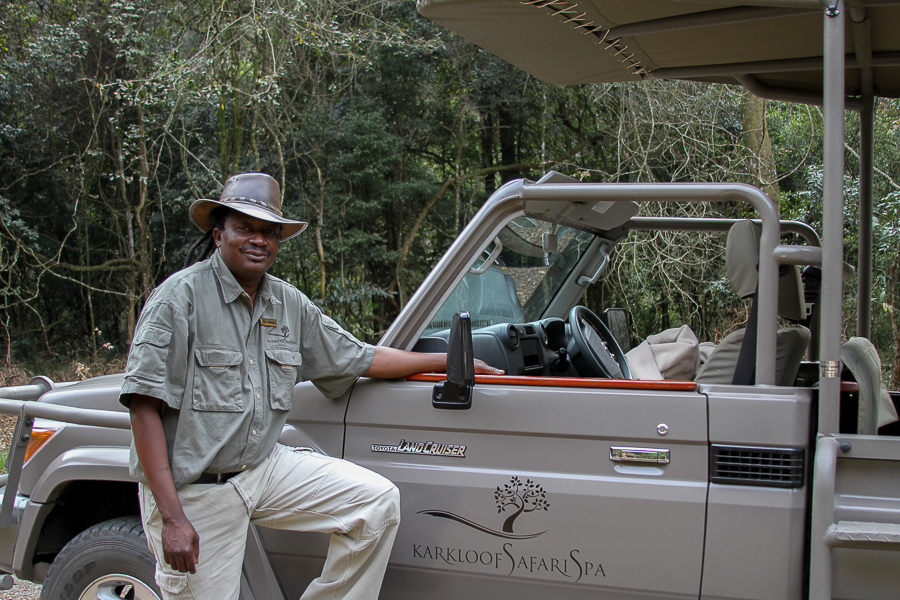
Perhaps because game viewing at the Karkloof Safari Spa was limited to mostly non predator species the animals we encountered were relatively unafraid of vehicles. Many, including a rhino mom and her young, allowed us to park within scant feet of them with nary a glance in our direction. They knew we were there. They just didn’t mind/ Having a private vehicle with a knowledgeable and friendly guide enhanced the experience manifold.
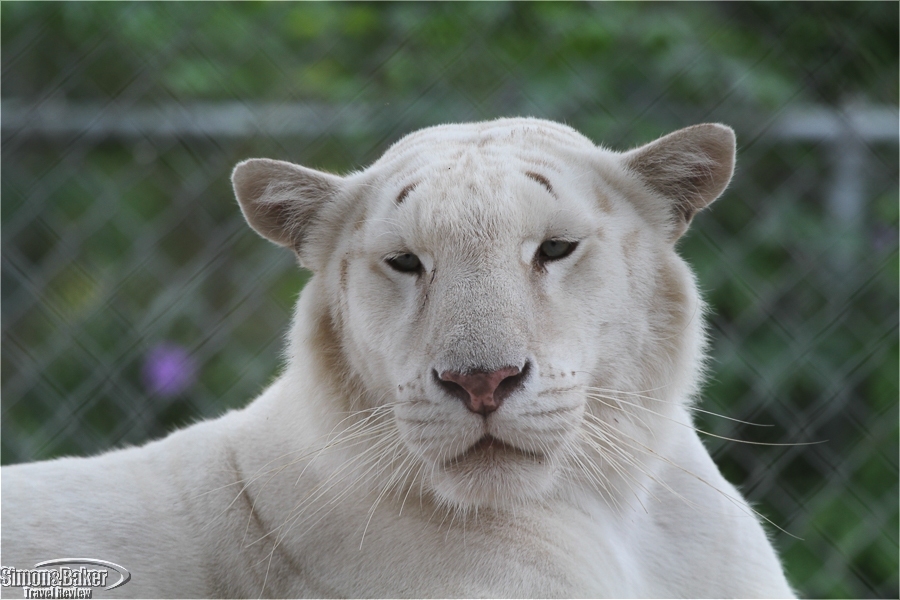
The friendly and well informed tour staff enhanced our experience. We liked the thoughtful enclosures designed with the needs of each species in mind (such as an air conditioned section for the snow leopards, special soil for porcupines to dig holes, and water features for the tigers); the pristine and nearly smell free facility and animals; and how relaxed the beasts were during our visit.
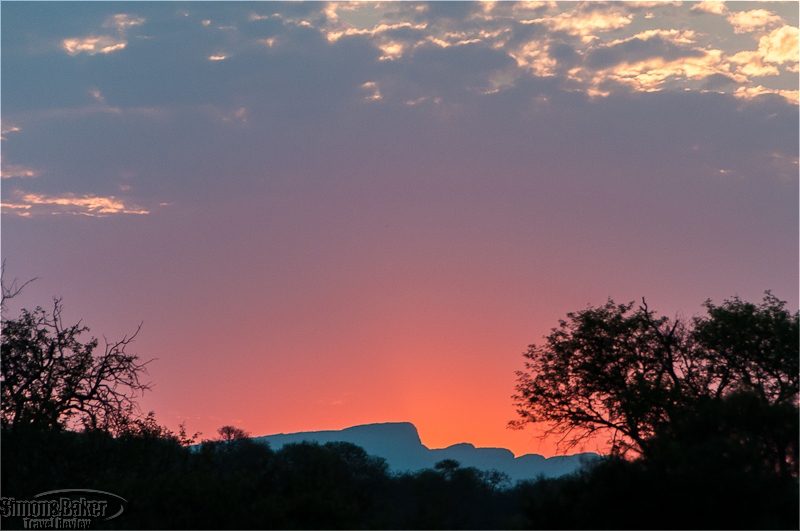
Shumbalala is within the Thornybush Game Reserve, a private fenced game reserve near the southwestern boundary of South Africa’s legendary Kruger National Park. The Big Five (buffalo, elephant, leopard, lion and rhino), along with close to 150 species of mammals large and small, roam the reserve’s 14,000 hectares of bush. Although Shumbalala game viewing vehicles shared space with game viewing vehicles of 11 other properties on the reserve we seldom crossed paths with vehicles from other lodges. From the instant I passed through the gate of the Thornybush Game Reserve, the game viewing was indeed exceptional. No more than a 15 minute drive into it, the Shumbalala ranger who had welcomed me at the gate (no private vehicles were allowed in Thornybush) stopped within feet of a scene that made my eyes pop: white rhinos, a half dozen of them, snoozing in an untidy heap in the shade of a roadside tree.
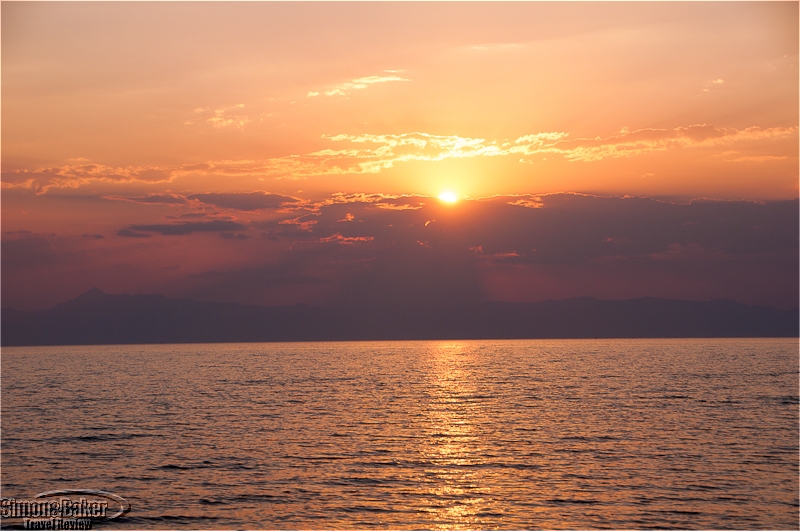
Located on the western side of Malawi’s Nankumba Peninsula, an area widely recognized as one of the most scenic around Southern Africa’s Lake Malawi, Pumulani was discretely tucked into a steep hillside. The only luxury property along the protected shores of the 9,400 hectare (36.30 square mile) Lake Malawi National Park and UNESCO World Heritage Center, Pumulani was designed by Dutch architect G. Hooft Graafland. In addition to a striking main lodge high on the hill and wide open to the endless lake vistas and the long aquamarine infinity pool below, he designed the property’s ten spacious rooms nestled into craggy granite outcrops around the hillside, each with a secluded private deck with lake views. Under their vegetal roofs of endemic grass meant to help offset their footprint and regulate their interior temperature, the rooms all but disappeared within their lush forest surroundings.
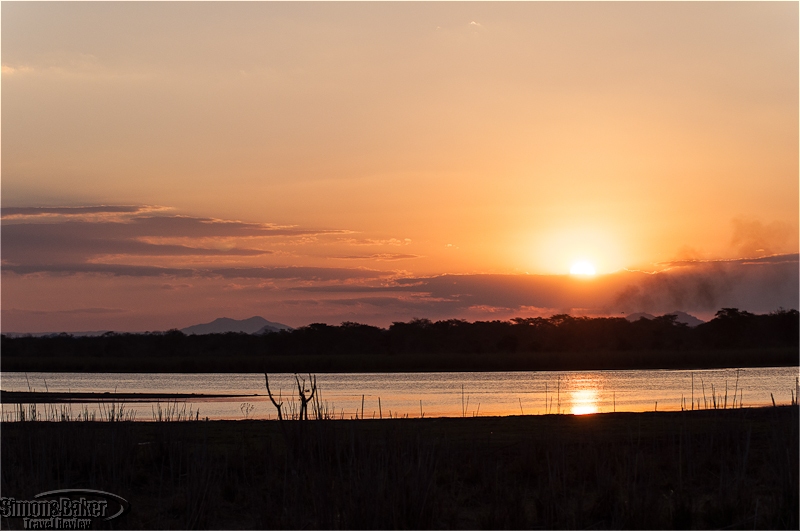
Stretched along the banks of the upper Shire River in southern Malawi, the 580 square kilometer (220 square mile) Liwonde National Park was known for its large population of hippos (mvuu in the local Tonga language). Located at the edge of a lagoon across the river from the park entrance, Mvuu Lodge could be reached only by boat. It immediately lived up to its name as we made our way across under the wary gaze of clustered periscope eyes from several hippo pods scattered around the water. Hippos were ubiquitous around the property as well, from large wooden sculptures in the lounge and guest tents to small beaded table ornaments.
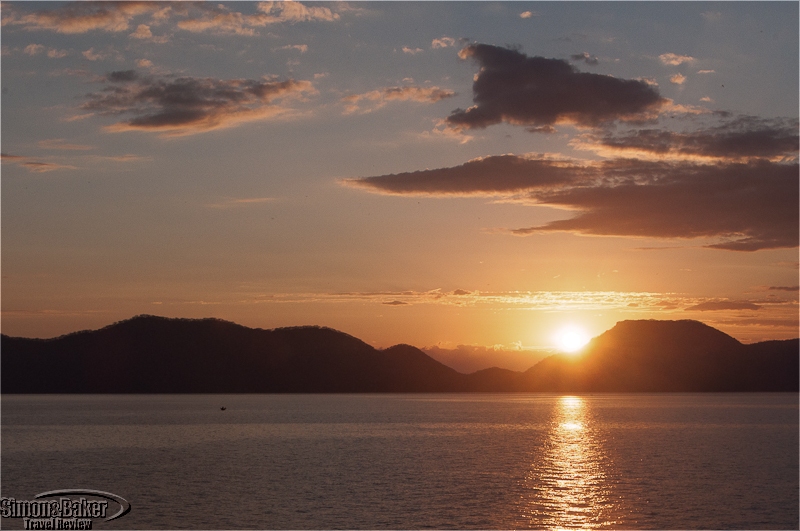
On rare occasions throughout my traveling life, I have come across a place so exceptional that I knew at first glance the experience would never leave me. Mumbo Island Camp was one such place. Located ten kilometers (six miles) offshore from Cape Maclear, in the heart of the 9,400 hectare (36.30 square mile) Lake Malawi National Park, a UNESCO World Heritage Center, the tiny island first appeared as a tumble of giant boulders rising straight up from the shimmering water. As we drew closer small reed and thatch chalets barely distinguishable from the tangle of trees began to materialize. We coasted to as stop at a wooden jetty to the warm welcome of camp manager Juliet Dahmen and her staff, and I set foot onto the most pristine tropical retreat I ever visited. The camp was located on two islands. The common areas were sitting just beyond the soft curve of a pretty golden sand beach on the main island. Meanwhile, a long wooden footbridge led to a granitic promontory jutting into the lake, where guest accommodations were perched at the edge of the rocks under a thick canopy of miombo woodland.
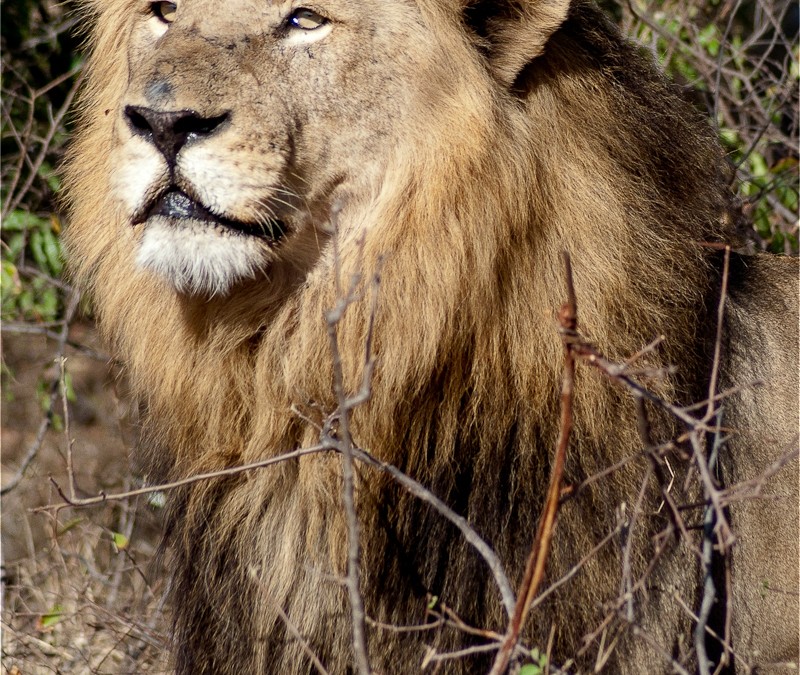
It was my first visit to Motswari Private Game Reserve within the larger Timbavati Nature Reserve in South Africa. I had barely settled in and yet, as I made my way along the sandy path toward the common areas of the lodge, I experienced an unexpected sense of familiarity. The azure African sky and blazing early afternoon heat were filtering through the branches of towering native trees. Under their neatly trimmed conical thatched roofs, circular pale adobe structures stood in the dappled shade of the grove. I passed staff members along the way, who greeted me with the earnest warmth of someone who has been looking forward for me to show up.
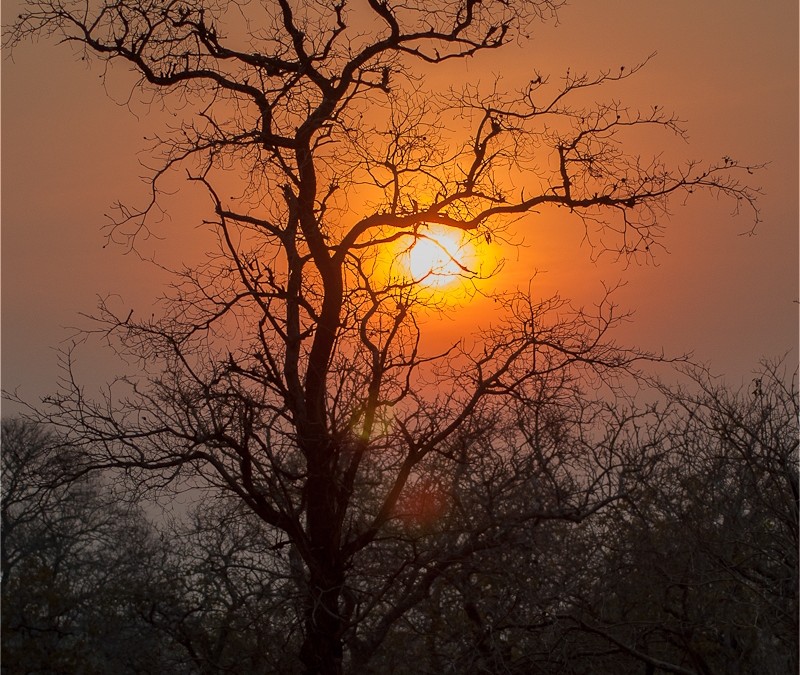
The Majete Wildlife Reserve in southern Malawi was a rare game viewing destination as yet mostly undiscovered by tourists. Originally proclaimed a protected area in 1955, the 70,000 hectare (270 square mile) swath of Africa’s Great Rift Valley in the lower Shire River had suffered such extensive poaching in the 1980s and 1990s that it had been all but written off as a wildlife reserve. In 2003, African Parks, an international nonprofit organization committed to the rehabilitation of Africa’s national parks took over the management of Majete. They have since methodically restored the park’s bio diversity and reintroduced over 2,500 animals including rare and endangered species. With the recent reintroduction of lions and leopards, Majete became the only Big Five park in the country. Nestled within a 7,000 hectare (27 square mile) private concession with exclusive tourism rights in one the most spectacular areas of the reserve, Mkulumadzi achieved a perfect balance of idyllic seclusion and first class accommodations in the repopulated wilderness area.
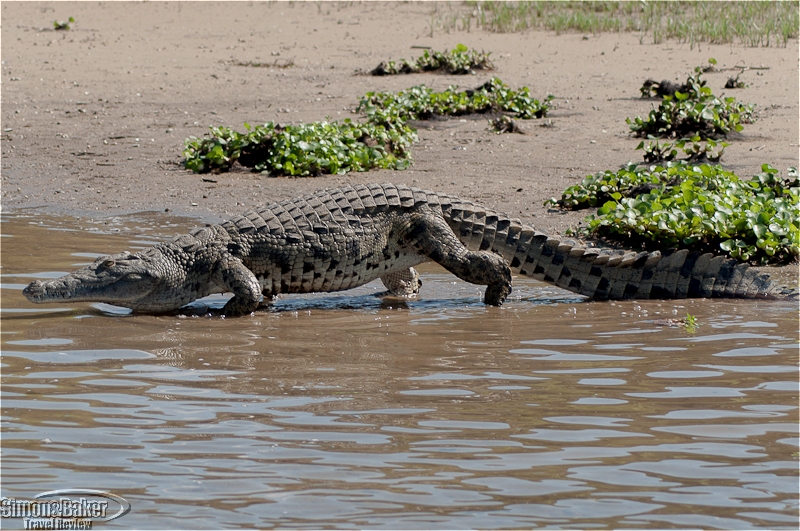
Malawi is a small landlocked country in southeast Africa (less than half the size of the United Kingdom) that had until recently attracted little notice from tourists. With its growing population exceeding 16 million living mainly in rural areas and its economy largely based on subsistence agriculture and international aid, it is one of the least developed nations in the world. However, this long, narrow wedge of granitic land shaped by the Great Rift Valley is home to spectacular vistas of rolling plateaus and mountainous regions dotted with wilderness reserves and national parks.
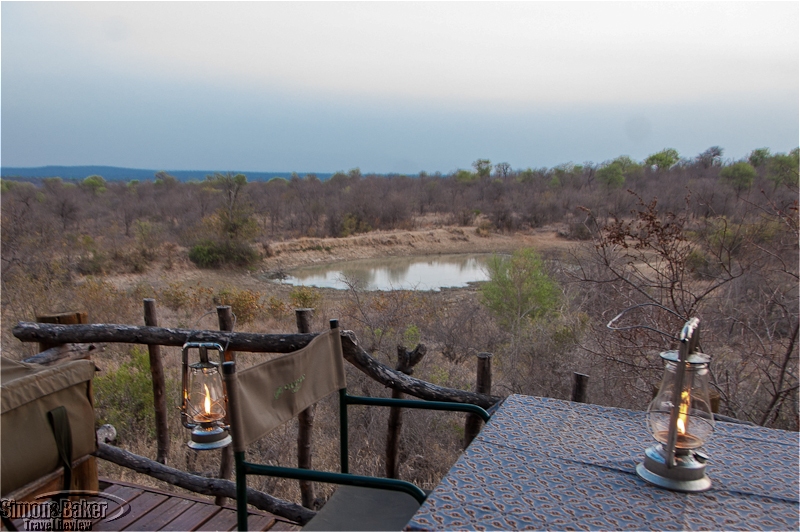
Little Garonga was the last stop on a recent extended trip to southeastern Africa. After three weeks of dawn game drives, hectic transfer schedules and all around high voltage excitement, I was feeling somewhat depleted by the time I arrived. I couldn’t have chosen a better place to replenish my flagging energies and gently say goodbye to the wilderness before the long journey home. Set deep into the self contained 22,000 hectare (85 square mile) Greater Makalali Conservancy, west of the world famous Kruger National Park in South Africa, Little Garonga was a relatively recent luxury addition to the long established Garonga Safari Camp.
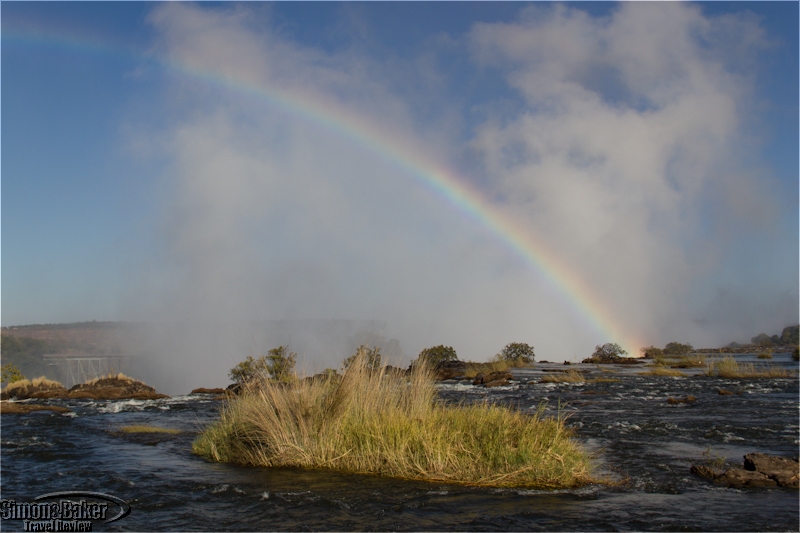
One of few lodges in the Livingstone Zambia area with striking views of Victoria Falls, the Stanley Safari Lodge was a tranquil haven of beautifully landscaped gardens and uniquely inspired architecture that blended naturally with its African bush surroundings. Located on a hillside away from the hustle and bustle of Livingstone it was a few minutes drive from Victoria Falls.
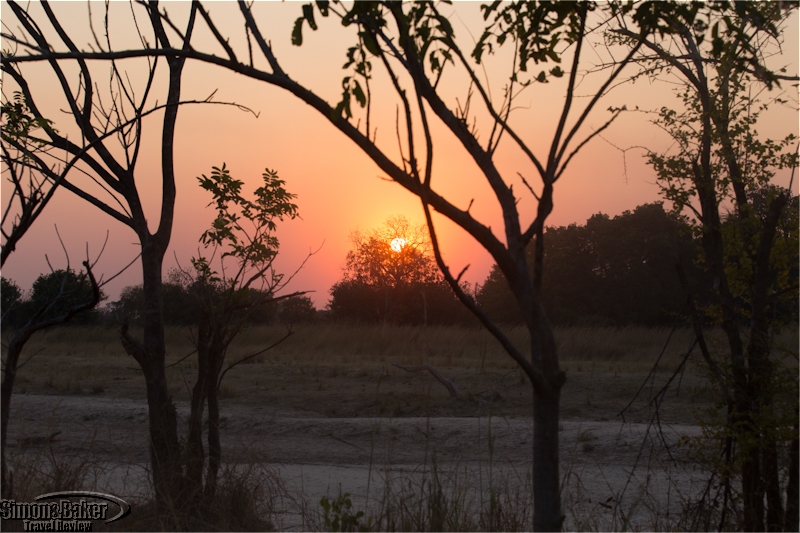
My husband and I were delighted with our stay at the Luangwa Safari House, a private four-bedroom bush-style home with dedicated staff near one of Zambia’s best known national parks. Situated in the bush on private land the property had an estimated value of nearly one million dollars. The house was a 15-minute drive to the main entrance of the South Luangwa National Park and a five-minute drive to an alternative entrance via a pontoon crossing. The close proximity to the South Luangwa National Park facilitated safari activities within it. Staying at the House provided us plenty of opportunities to see hundreds of animals, in the national park and from the comfort of the House. Our head safari guide Jacob Shawa shared his wealth of knowledge, clear explanations of the animals we encountered, and a genuine enthusiasm for the bush. He went above and beyond the call of duty to heighten our chances of seeing animals during our bush excursions, making him our favorite guide during our 12-day stay in Zambia.
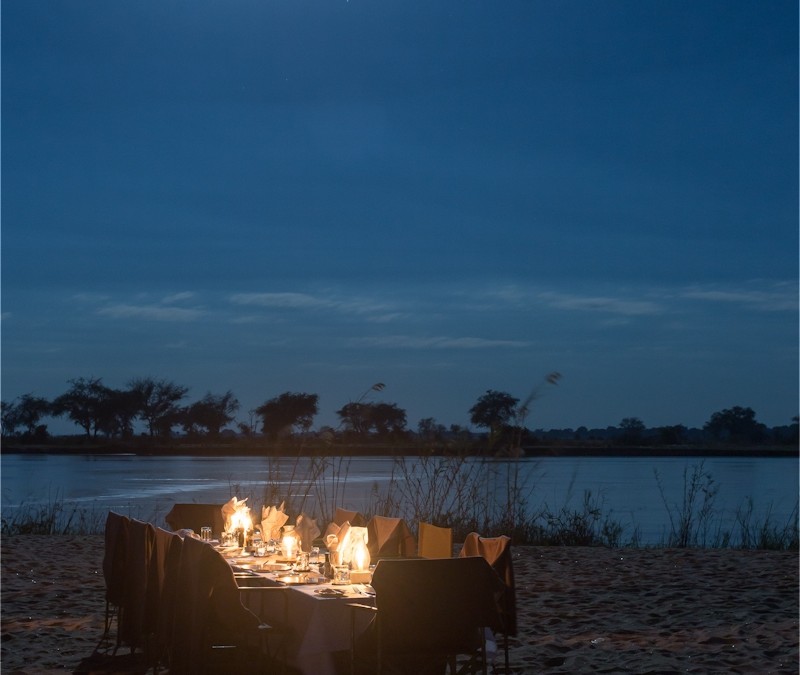
Nestled in a grove of evergreen mahogany trees on the bank of Zambia’s majestic Zambezi River, Chiawa Camp seemed more remote to us than other safari camps we had visited. To get there we had to fly to the Royal Airstrip, drive 20 minutes to the Zambezi River and take a 20-minute ride in a small motorboat while watching a gorgeous sunset against the backdrop of mountains and green trees along the riverbed. Situated in the Lower Zambezi National Park, Chiawa Camp offered luxurious tent accommodations in an iconic riverside setting with impeccable service and good game viewing. We saw three of the Big Five.
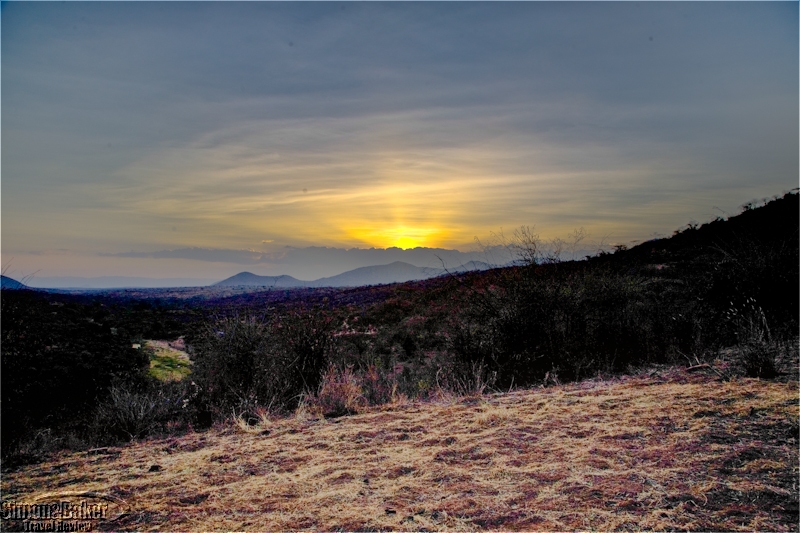
We traveled from Nairobi to the Samburu airstrip in a Cessna Caravan. Once we landed at the Samburu airstrip our bush adventure began. A small group of Samburu women gathered in a half-circle on the ground, selling beautiful beaded jewelry made by women in their village. The contrast between the vivid colors of their clothing against the colorless, arid background made these women a feast for the senses. They were quiet, their faces gentle. A young Samburu warrior strolled by, his turquoise wrap floating in the breeze. He wore the traditional tribal clothing of a Samburu warrior; beaded neck pieces, a headdress and other brightly-colored accessories cascaded down his chest and back. These handsome people took our breath away.
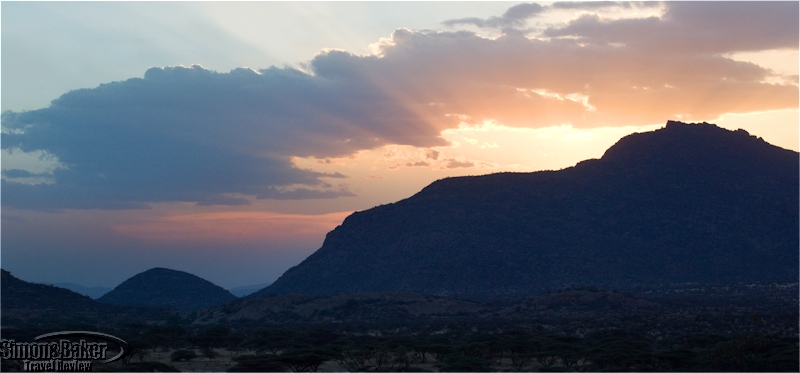
Named in honor of Joy Adamson, a well-known naturalist, artist and author, Joy’s Camp is located in the Shaba National Reserve north of Nairobi. Joy wrote the famed book, Born Free, in which she describes her experiences raising a lion cub named Elsa. She raised a leopard named Penny and introduced her back into the wild. The camp was built near that location. Joy later wrote a book about this experience entitled The Queen of Shaba. The camp features photos and memorabilia from Joy Adamson in the common areas.
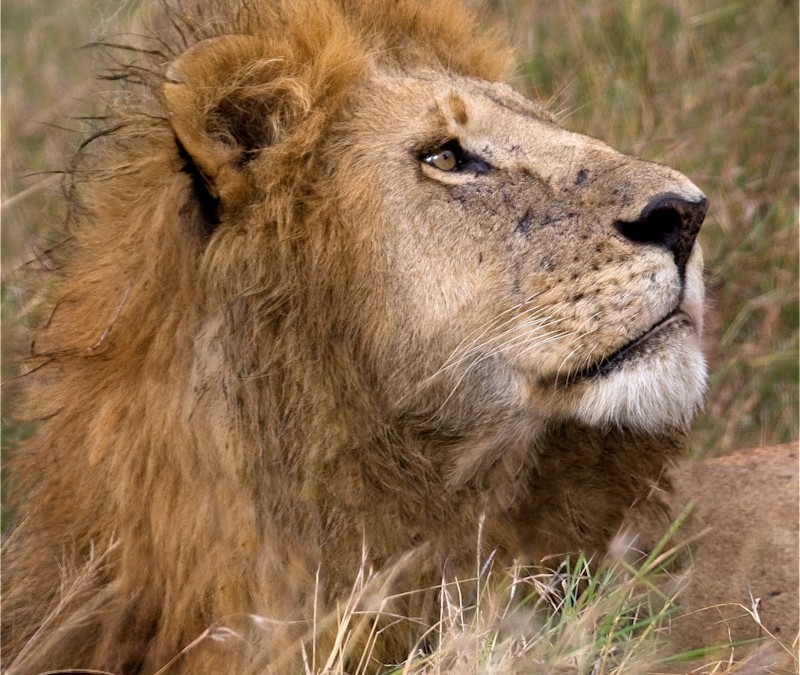
Named after the warburgia ugandensis tree, referred to commonly as the elephant pepper tree, Elephant Pepper Camp offered a genuine bush experience in the heart of the Maasai Mara North Conservancy. The leaves of the elephant pepper tree are spicy hot and a favorite snack of elephants. These pungent leaves also serve as medicinal cures for local Maasai people. Elephant Pepper Camp offered a classic tented bush experience and some of the best wildlife viewing we have seen on safari.
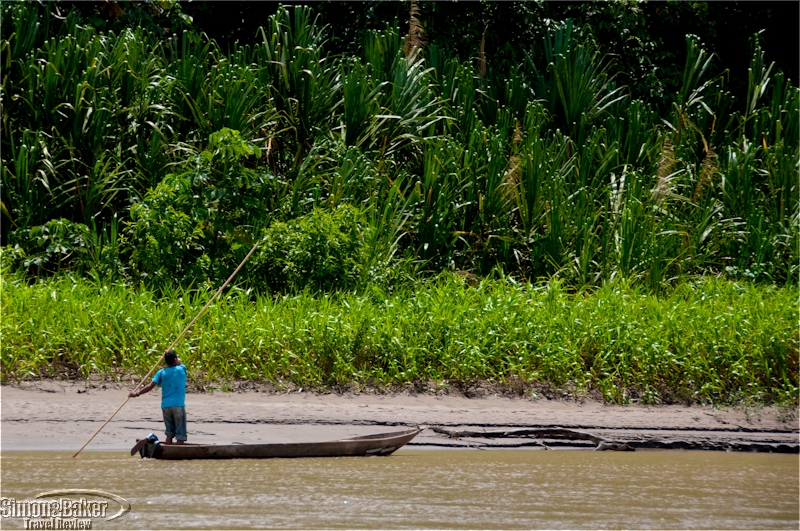
Travel from Quito, the decidedly 21st century capital of Ecuador, to the Napo Wildlife Center, deep in the Yasuni National Park was an easy journey back in time. It was less than a one-hour flight to Coca, a small town on the Napo River, which seemed to hark back half a century, until I noticed the proliferation of mobile phones along its busy streets and the modern boat dock. I boarded the awaiting Napo Wildlife Center motorboat with my guide Roberto, who had flown with me from Quito, and headed downriver into the timeless immensity of the Amazon Basin. Before long, the Napo River, although still almost 1,000 kilometers (600 miles) from its confluence with the Amazon, was already several hundred meters wide, its distant banks a soaring jumble of rainforest. A couple of hours later, we left its cappuccino-colored waters (caused by sediment washed from the Andes Mountains) and turned into the so-called black waters of a narrow inlet; they were actually the color of strong tea, steeped in the tannins of rainforest vegetation. We had entered the northwest corner of the Yasuni National Park, a UNESCO Biosphere Reserve regarded by scientists as one of the highest bio-diversity areas on the planet.
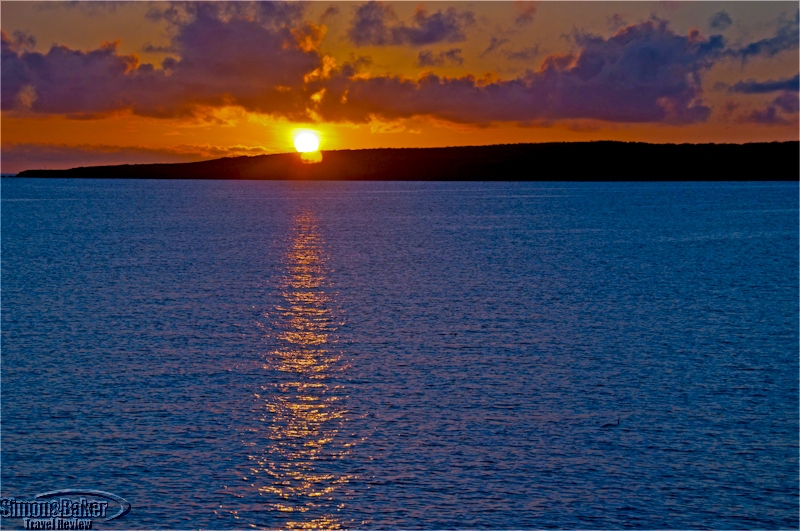
Ever since Charles Darwin’s momentous scientific visit to the Galapagos Islands over one and a half century ago, this small archipelago of sun-baked volcanic rocks sprinkled across 45,000 square kilometers (17,000 square miles) of Pacific Ocean has captured the imagination of adventure travelers. I had long yearned to visit this place so remote that its iconic fauna and flora are unique on the planet. But I sensed that, like most of the over 150,000 yearly tourists who have visited recently, mine would be a once in a lifetime trip. Therefore I wanted to plan the ultimate wilderness travel experience, only to be confused by seemingly endless cruising options. Until I came across the intimate, nine staterooms M/Y Grace.
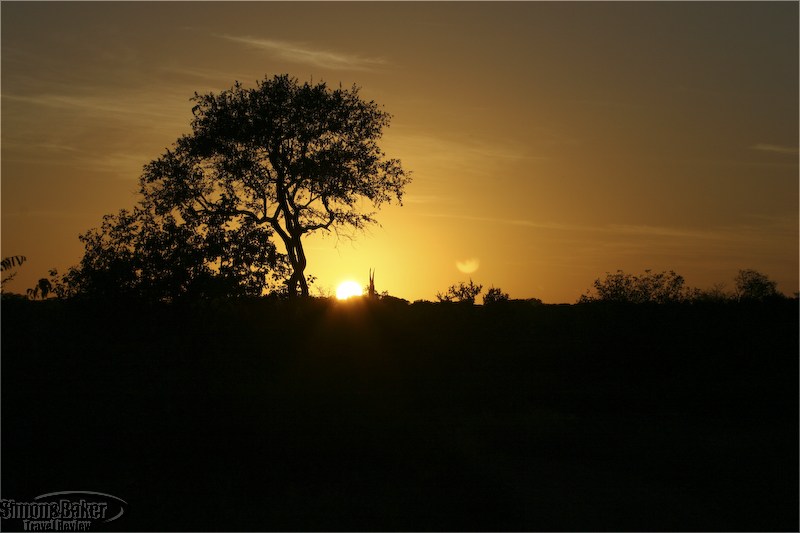
A family friendly Big Five property Thornybush is in the heart of the Thornybush Nature Reserve, a private 11,500 hectare game reserve near Kruger National Park. The small lodge faced north onto the dry riverbed of the Monwana River and offered spacious and comfortable rooms with a riverbed view, modern amenities, meals and twice daily game drives.
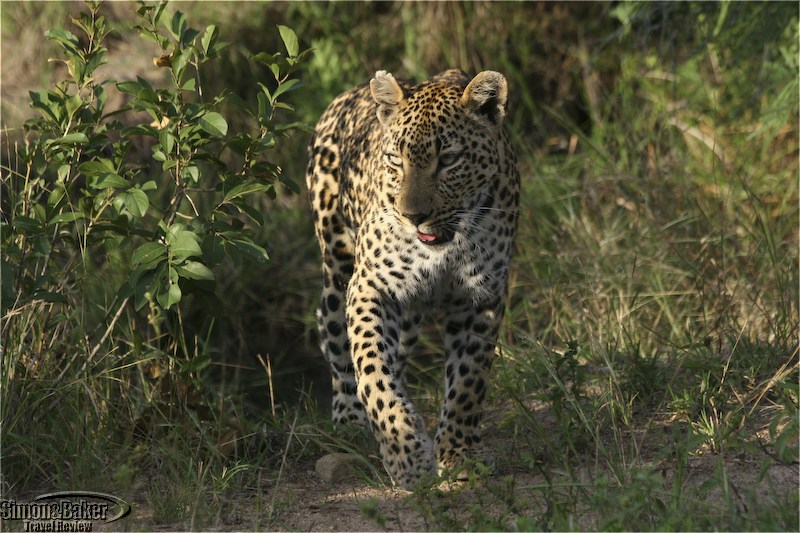
After a warm greeting from Tom Rutherford, the lodge manager, we walked from the parking area down a few steps and across a paved pathway through a garden to the doorless entrance of the main building of Singita Ebony Lodge. The first thing I noticed as we walked past the comfortable and worn looking colorful furniture in the main area was the memorable view of the Sand River across the room and the ebony tree for which the property was named that pierced through the wood deck. From where we stood we could see the ochre colored river snake by on its journey east and later south across the Sabi Sand Reserve.
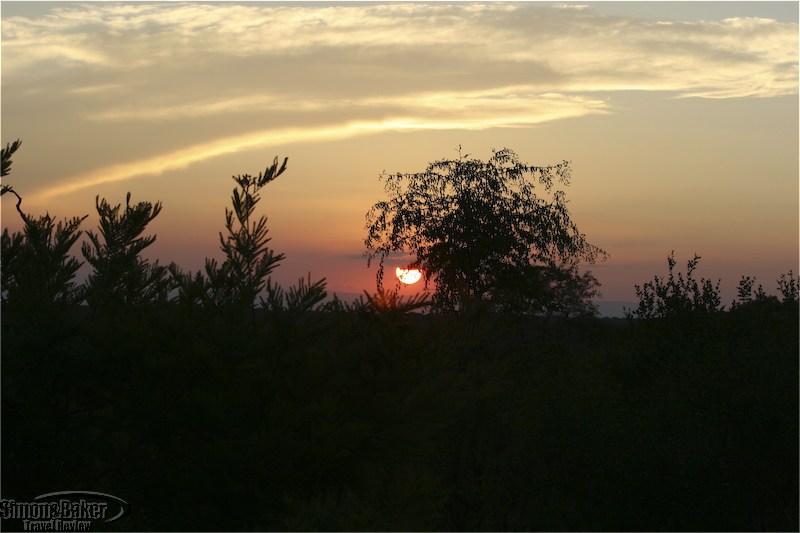
This lodge, named for two lions from the Swahili word Simba for lion and Mbili for two, offered extraordinary Big Five game viewing during our stay. The lodge, situated on the banks of the Manyeleti River facing the Manyeleti Plains, was named for a Bremen, Germany adventurer of legend who was purportedly attacked by two lions on his first night in the bush.
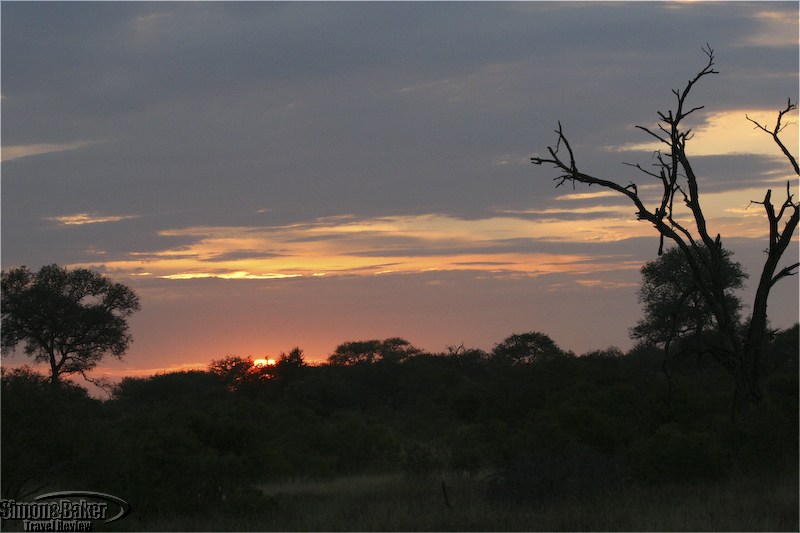
Named for two leadwood trees that frame the arrival area of the property, the &Beyond Leadwood Lodge was a quiet Big Five safari haven when we arrived. We were delighted to be the sole guests at the four room lodge for the first night. Kelli, the lodge manager, and Martha, our butler, greeted us warmly as we disembarked from our vehicle. Martha offered us lemongrass scented refresher towels and sparkling iced lemonade. After sharing information about the property and providing us with the obligatory indemnity form Kelli walked us to our river facing rooms with private plunge pools just steps away from the main building.
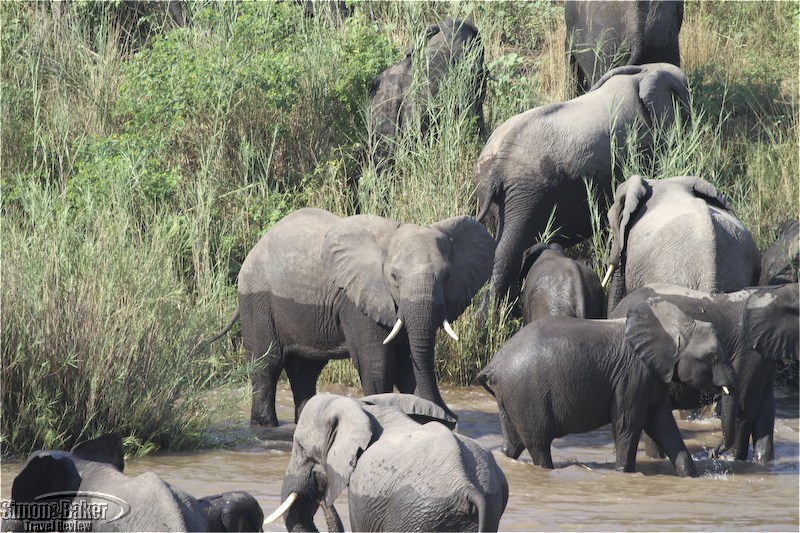
Kirkman’s Kamp was named for Lawrence Henry “Harry” Kirkman, a hunter turned conservationist, who established the property as a family cattle farm in the early 1900s. It was one of only two properties we have visited with access to the Sabi and Sand rivers of the well known Sabi Sand Reserve where it is located. Perhaps because of its proximity to two rivers this well run property also offered excellent birding.
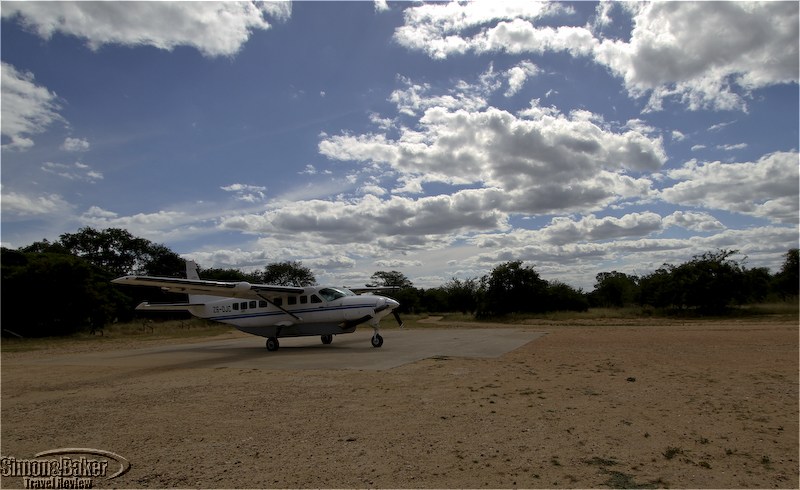
On our most recent game viewing trip to South Africa we discovered the luxury of direct flights to and from the airport in Johannesburg and the game reserves in and near the famous Kruger National Park. In previous safari trips we had either flown to a regional airport and driven a couple of hours to our lodges or driven six to eight hours directly from the city to the lodges. In either case it was necessary to drive an hour on very bumpy unpaved roads within the reserves without cell phone signal or the ability to get out of our vehicles because of the wild animals in the area.
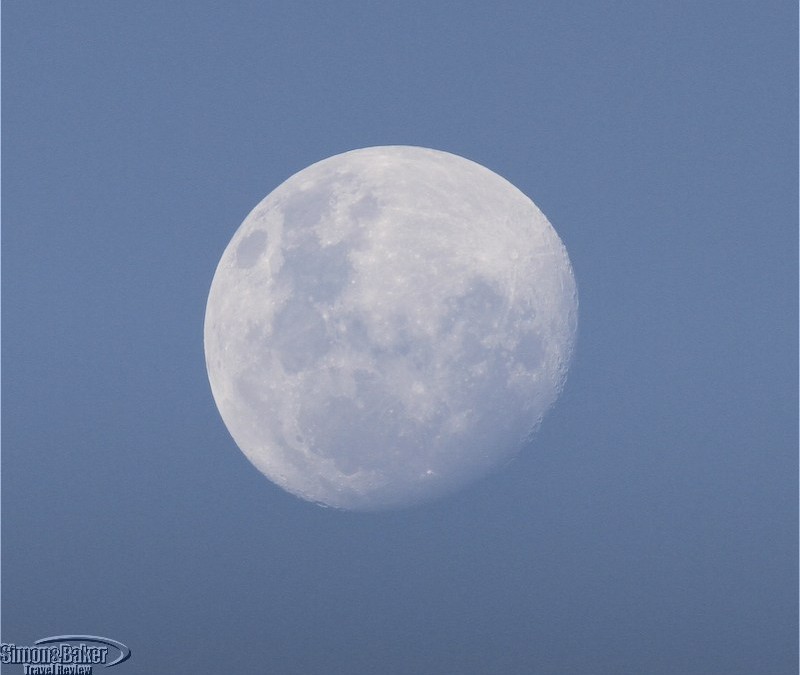
One minute we were heading out on a game drive and the next the adrenaline was pumping as we raced to a sighting. We heard there were wild dogs in the area and that if we were lucky we might be able to see them. Our energetic guide had a reputation for being able to stay close to a wild dog pack so we had high hopes we might see the elusive animals. A wild dog viewing is a rare reward on a game viewing trip. Everyone in our game viewing vehicle was excited at the prospect of seeing them.
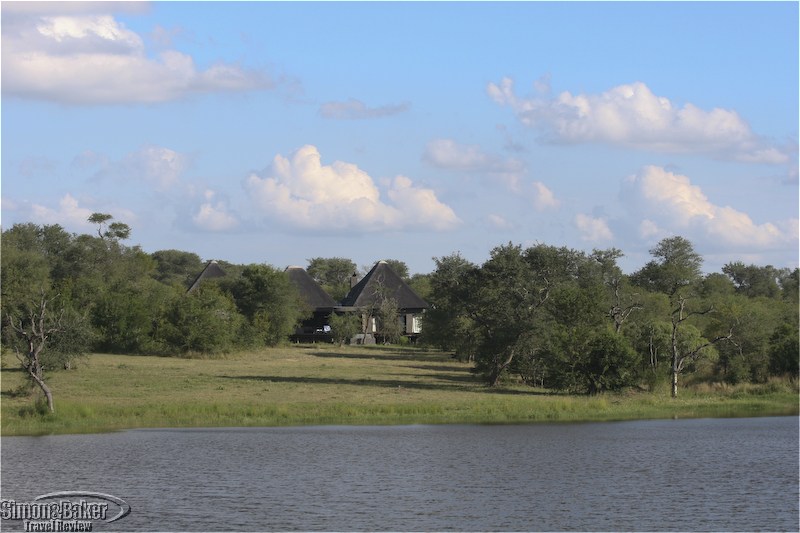
This boutique property in the northern Sabi Sand Reserve was a gem. Built lovingly on a former family farm the lodge was ideally situated on the banks of the Chitwa Dam, providing a magnificent birding and wildlife setting. In addition to very good wild life viewing with a personable ranger we enjoyed the many qualities of the property itself.
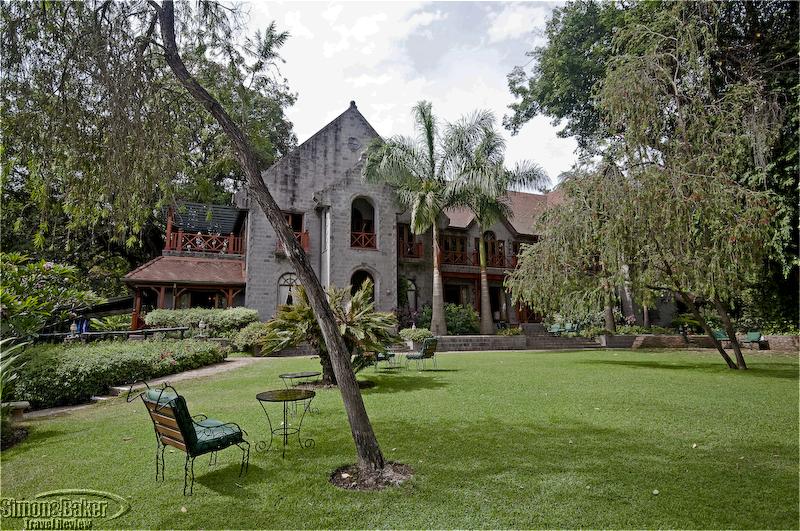
Serena Mountain Village was a welcoming haven of tranquil elegance on the outskirts of Arusha, the bustling gateway city to the famed safari destinations of northern Tanzania. Set on a slope overlooking the shore of Lake Duluti in the verdant foothills of Mount Meru, the Mountain Village was designed to recall its previous incarnation as a colonial era coffee plantation. At the highest point of the property, the lodge, a gracious country manor built of pale local stone, held all the public areas. In every room, French doors opened onto a covered terrace that ran the length of the façade and led to the tree-shaded lawn a few steps below. From the lodge, paved walkways ran through lush gardens down to clusters of stone and thatch roundavels in the style of African villages, which held the guest accommodations.
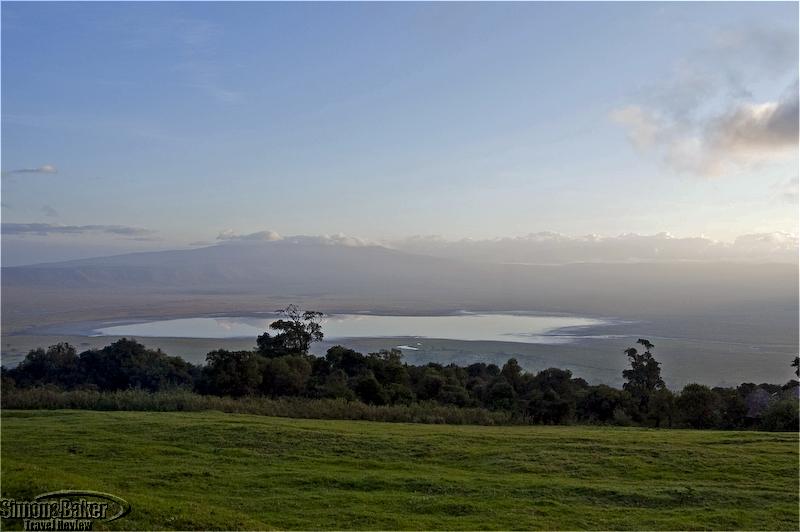
Well aware that in recent years, the Ngorongoro Crater Lodge figured on some of the most sought-after “best” magazine lists, I approached it with high expectations. But no anticipation could have measured up to the magnificent setting and no-indulgence-barred luxury of this unique property.
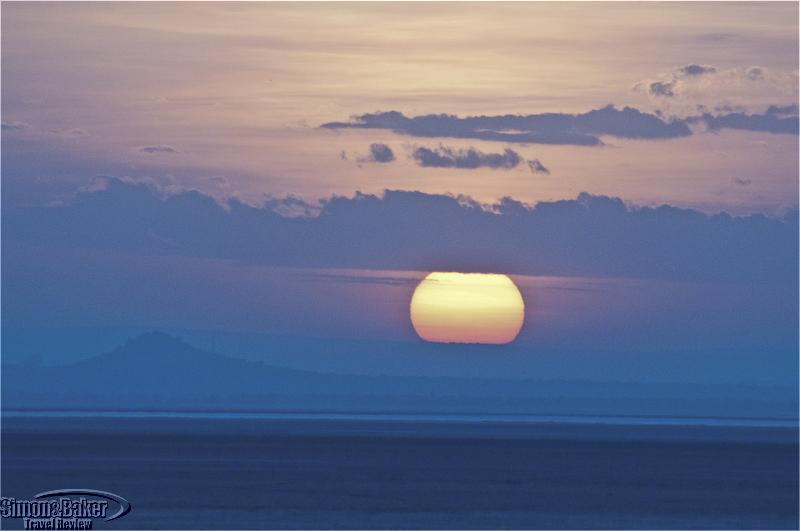
Lake Manyara Tree Lodge was the ideal finale to a lengthy safari trip that had taken me to the farthest reaches of Tanzania. By now, I felt travel-weary and a bit jaded. After all, other than the welcome opportunity to relax in the secluded luxury of the Tree Lodge, what could this tiny park offer that I hadn’t already enjoyed several times over in some of the most famous safari destinations in the country? I couldn’t have been more mistaken. The lodge, the only one within the boundaries of the park, was a gem.
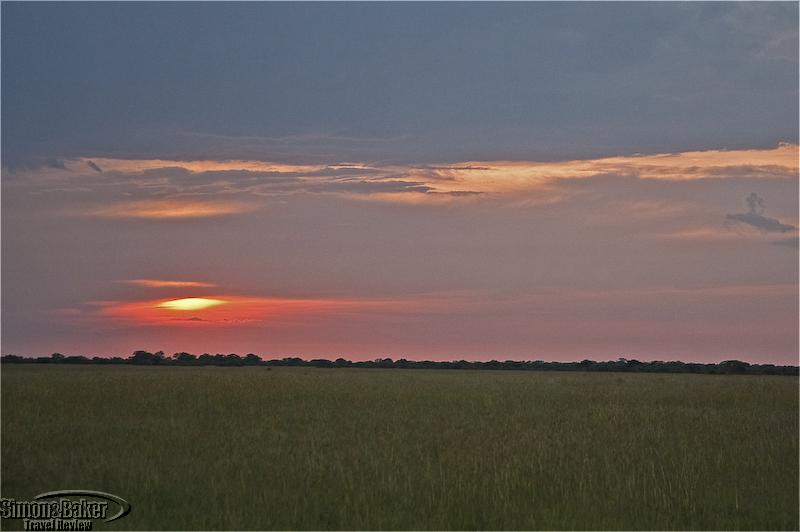
Located in the far northern reaches of the Serengeti National Park, Grumeti Serengeti Tented Camp delivered everything I had imagined a safari in this legendary park to be, and more. Foremost of course was the open grassy plain known to the Masai as Siringitu (“the place where the land goes on forever”) with its omnipresent herds of zebras and white-bearded wildebeests; and lions nonchalantly awaiting dinnertime under the meager shade of an occasional thorn acacia. But a few minutes’ drive from the edge of the endless plain, this intimate luxury camp revealed a more verdant face of the Serengeti. It was nestled into a strip of lush riverine forest on the bank of a permanent oxbow pan of the Grumeti River. Here the rare pied colobus monkeys darted through the treetops, and large pods of hippos noisily claimed the river under the malevolent glare of huge crocodiles.
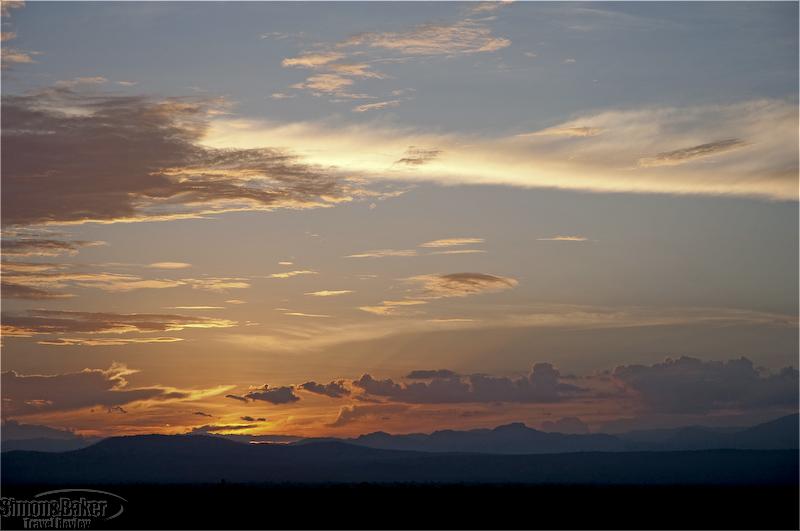
Perched on a rocky knoll in the heart of the Mikumi National Park in southeastern Tanzania, Stanley’s Kopje was a vivid reminder of what compels me to endure endless flights in crowded airplanes and chaotic airport layovers to return time and again to the African bush. It had only been a few hours since the Cessna light plane had delivered me to the tiny airstrip at the edge of the park, but it could have been light-years earlier. I was lounging on the broad thatch-shaded veranda of my tent, taking in the sweeping view of the Mkata Floodplain below as it slowly melted into the dusk. At the far edge of the plain, the sunset sky was ablaze against the distant outline of the Udzungwa Mountains. Now and then, a powerful roar rippled up the hill, and with it recollections of our exciting lion sighting earlier in the afternoon.